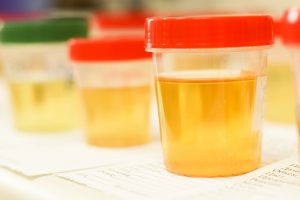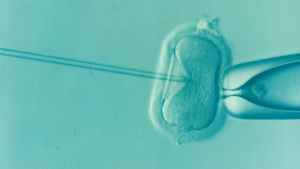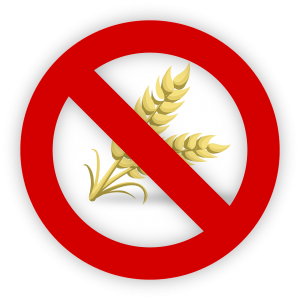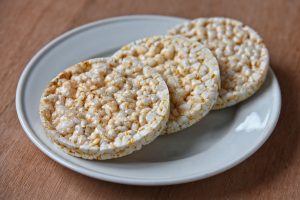
When we first went to a special doctor in L.A. who I was referred to we had a few lab tests done and one showed a high oxalate level. I really wasn’t sure why that could be. I started thinking about it in relation to the possibility of taking too much vitamin C.
I went back and read the lab test results themselves which say in part, “…may also be due to high vitamin C intake. However, kidney stone formation from oxalic acid was not correlated with vitamin C intake in a very large study.” The lab also recognizes that many fruits and veggies have oxalic acid but oxalates are, “…are also byproducts of molds such as Aspergillus and Penicillin and probably Candida.” They also say that oxalic acid can come from other environmental pollutants.
This was revealing to me because I realized that Jessica’s oxalates may not be due to high vitamin C intake (which we have since lowered for some specific reasons I’ll talk about later when I talk about glutathione.) at the time we had that test done there were two things going on. The first thing is that we had only left our home which had high levels of mold four months prior. Jessica also had high levels of yeast/fungal markers on her lab. I had not yet fully changed my diet to what we eat now which is very paleo and even mildly keto sometimes.
After addressing the yeast and doing some mild detoxing with glutathione and a few other supplements like chlorella which I took and Jess got through the breastmilk, (because yes, we are still breastfeeding even though she is just about three years old now) Jessica’s oxalate level went down significantly and is within proper range on the lab test now. I still eat and so does Jess many foods which are high in oxalates like blueberries, strawberries, spinach, other leafy greens cruciferous veggies like broccoli, cabbage, and kale, cocoa/dark chocolate, almonds. There are many others and you can find some good information at https://kidneystones.uchicago.edu/how-to-eat-a-low-oxalate-diet/. There is an excellent chart which shows many foods high in oxalates and how much compared to each as well as other helpful information about oxalates. I have also always found really great information at https://scdlifestyle.com/2017/08/oxalates-and-gut-issues/. I call the two engineers who blog at SCD lifestyle the leaky gut guys. One other resource you may find helpful because it talks about many myths about oxalates is https://bioindividualnutrition.com/oxalates-their-influence-on-chronic-disease/. This nutritionist talks in great detail about oxalates and chronic diseases associated with high oxalates. One of them is mitochondria damage and dysfunction which Jessica clearly had on her lab test when her oxalates were high.
While can’t say for sure I do believe it was likely Candida and/or aspergillus mold toxins left in her body that caused her high oxalates. We also stopped eating almonds all together the last several months which are quite high in oxalates. I also had stopped cocoa powder for a little while too. So our diet was a little lower in oxalates when Jess was retested but the biggest takeaway for me was that yeast/mold/candida could cause oxalates.
What has been your experience with oxalates? Please share with us.


